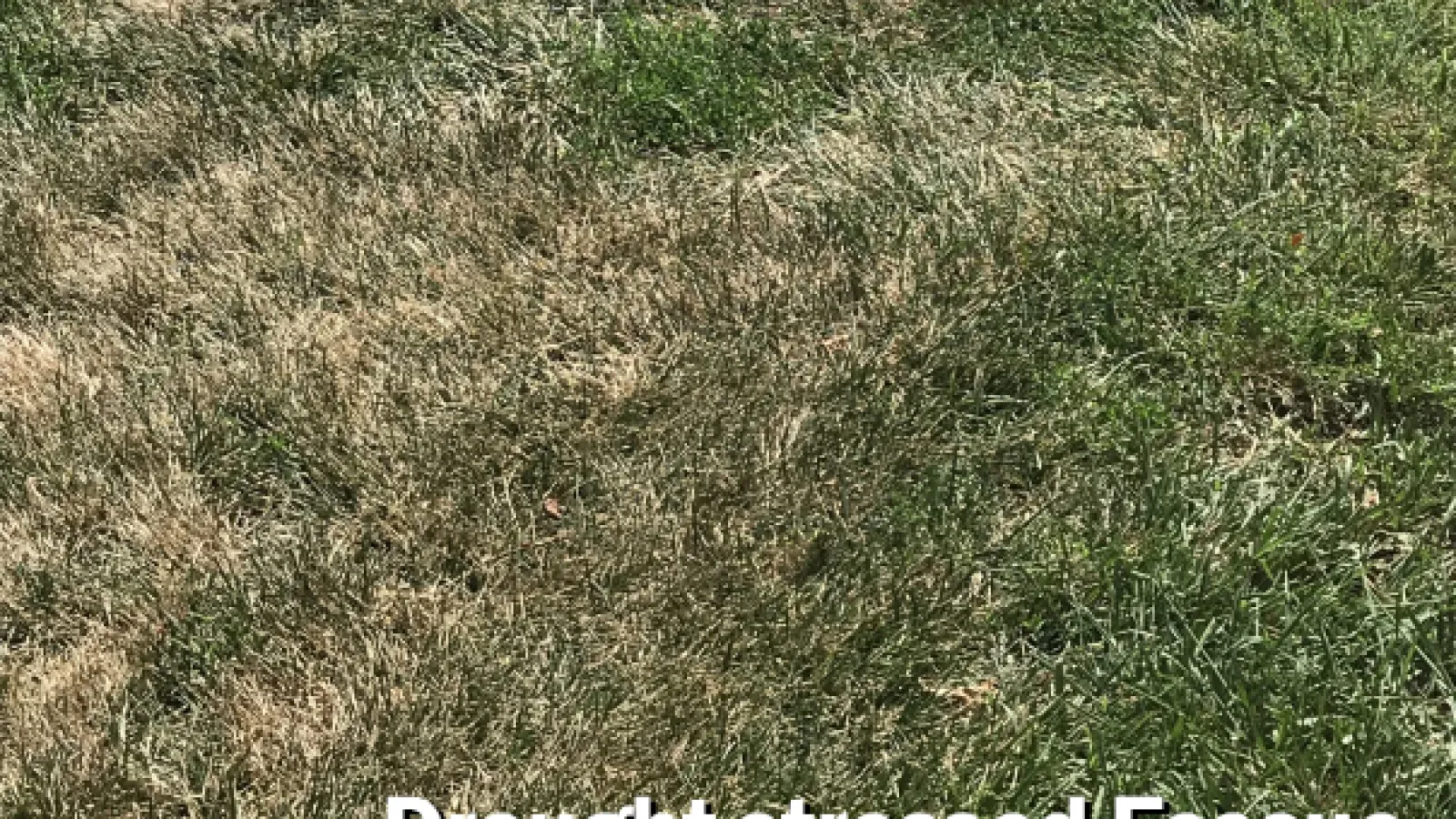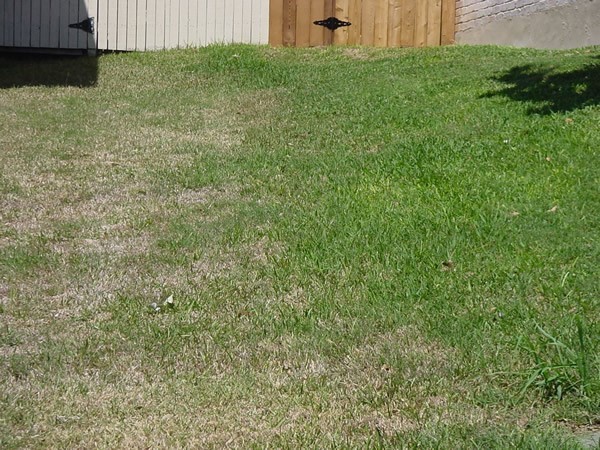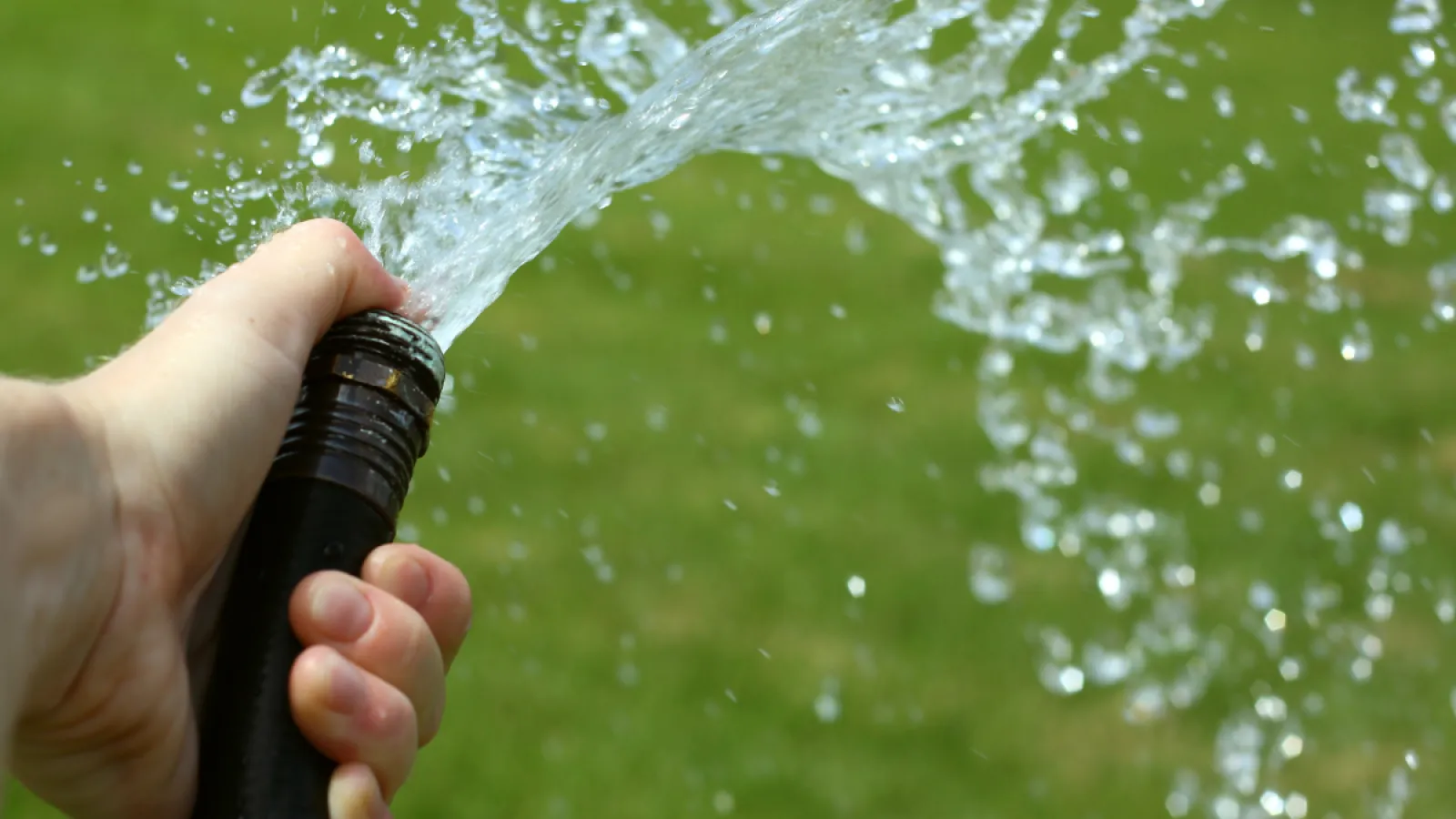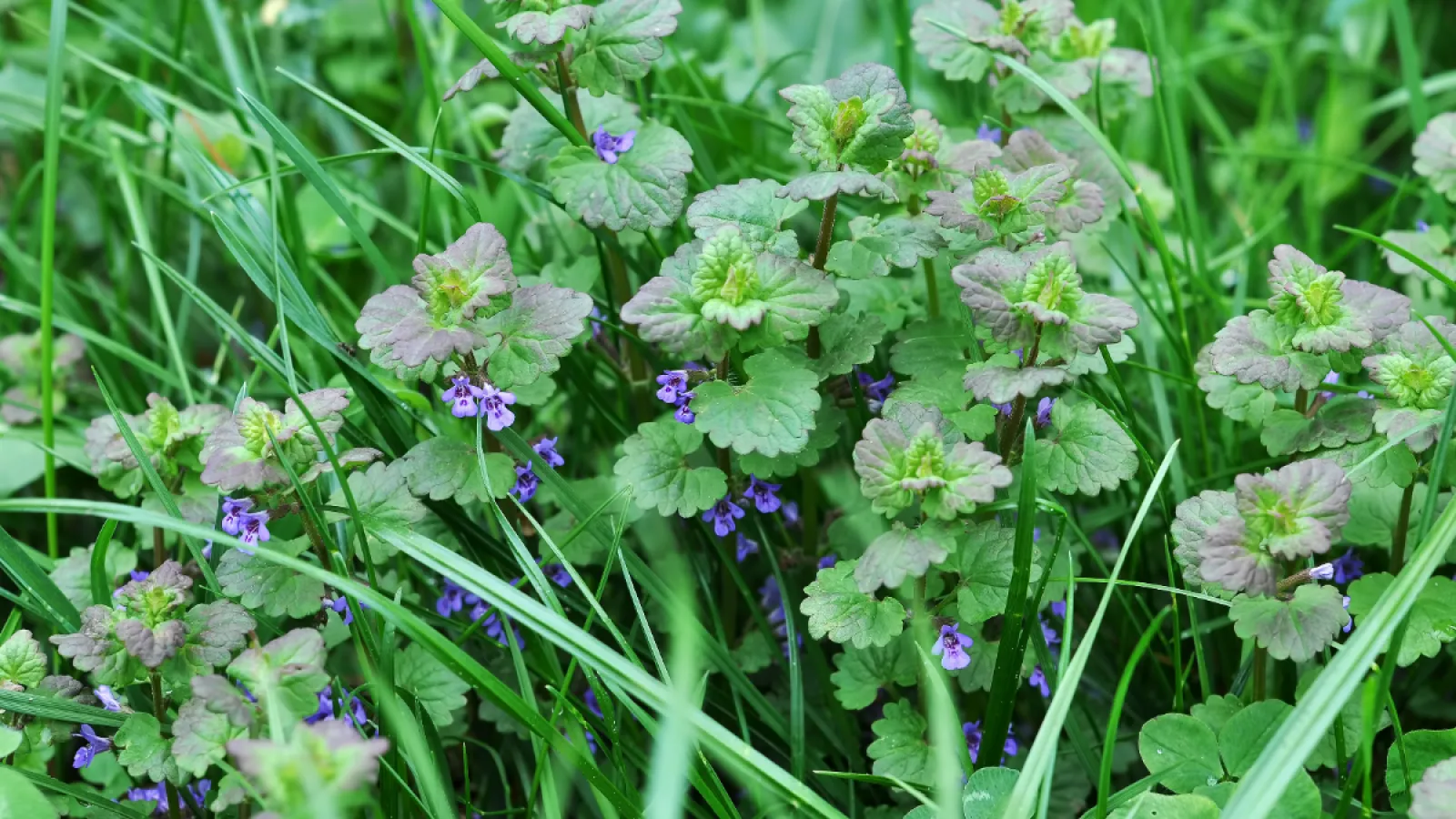
Drought Stress on Lawns
Drought stress can be harmful to your lawns.
We are entering the season of warm temperatures—and sometimes just down right hot—and periods of little to no rain. Prolonged periods of warm, dry weather can cause drought stress in warm-season grasses such as Bermuda and Zoysia when they are actively growing, but rainfall and irrigation do not meet the plant’s water requirements. Fescue lawns are susceptible to drought stress as well and typically struggle more in warmer temperatures, so proper care is critical.
What Does Drought Stress Look Like?
When drought stress occurs, your grass can thin, turn from a beautiful green to brown, and grow slower. But the thinning grass and the brown color doesn’t mean your grass is dead—it means your grass has gone into a drought-induced summer dormancy. It will “shut down” to protect itself.
Of the warm-season turfs, Bermudagrass is the next most resilient, and then Zoysiagrass.

Tips For Lawncare Under Drought Stress
We have some tips on minimizing the long-term effects.
- Watering – Water deeply and infrequently. Your lawn may need more than the regular 1” per week per zone during prolonged periods of no precipitation.
- Watering Time – The best time of day to water is 4am -10am. Watering later in the day allows the lawn to go into night wet which can fester fungus.
- Mowing – In a time of drought, we recommend reducing the frequency of your mowing. In prolonged periods, you may even completely stop mowing.
- Mowing Height –When your lawn is drought stress, we recommend mowing at a higher height than normal—this will help the grass hold moisture and color. Bermuda and Zoysia lawns should be mowed at a height of 1.75-2.5” (normally 0.75- 1.5”). Fescue lawns should be mowed at a height of about 4.5” (normally 3.5-4”).
- Core Aeration – Core aeration—for warm-season turfs—will break up the soil and allow water and nutrients to better reach the roots.
- Fertilization – Take recommendations from a lawn care professional about fertilization. The roots are still active even when grass is in a drought stress induced dormancy and will store the nutrients for future use. A properly fertilized lawn will recover from environmental conditions quicker than an unfertilized lawn.
- Stay Off The Lawn – Drought stressed grass blades will not “spring back” like a healthy lawn. It is best to reduce foot traffic on a dry lawn.
Turf Tuesday Tuesday – Drought Stress
Recovery
The good news is, when rainfall returns, your lawn will recover, green up and start to grow again.
For more information about caring for your lawn under drought stress conditions, please contact us. We’re here to help.


